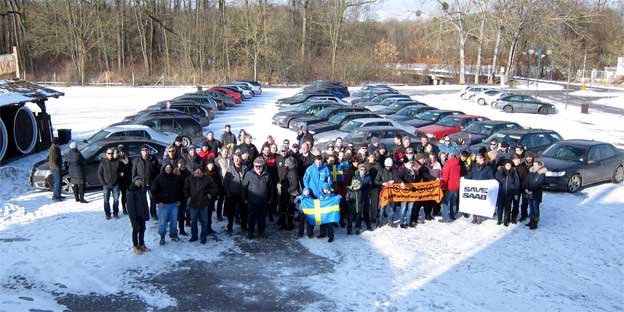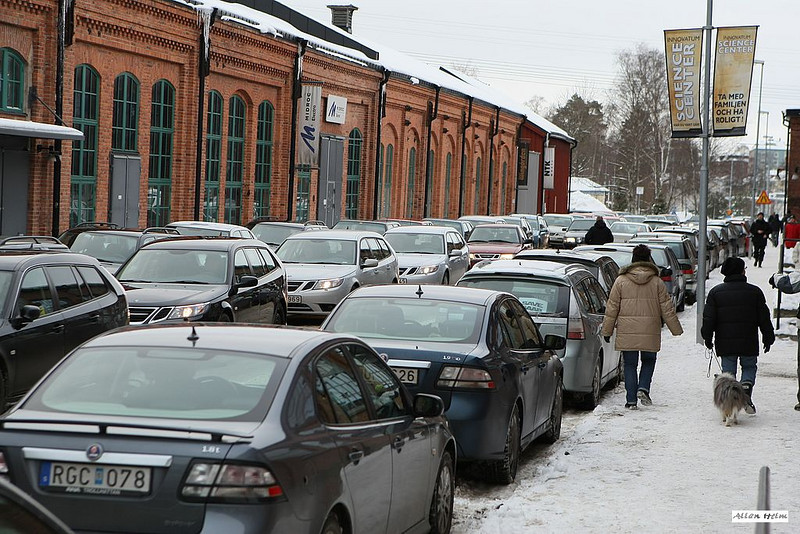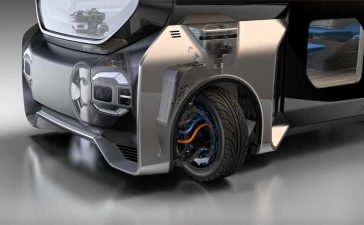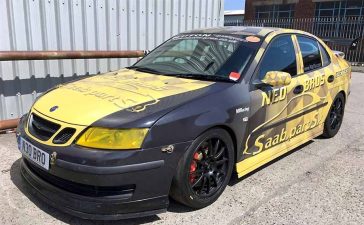In the middle of January, ten years ago, an estimated 10,000 enthusiasts, in some 70 convoys around the world, showed their support for Saab. “Despite the cold outside, there was tremendous heat”, recalls Michael Törnos in a statement to a local newspaper, chairman of Saab Turbo Club of Sweden, who arranged the convoy in Trollhättan. It was a horrible day, that December 18, 2009, when General Motors announced that Saab would be closed down. Saab enthusiasts around the world joined in support convoys, on Sunday, January 17, 2010.
70 support convoys were held, with a total of around 10,000 Saab cars.
Unfortunately, negative headlines about Saab in the media were something that hailed the years before 2009. According to one of Saab’s former employees, the tragic thing was that they were not always correct. The fact that it was fiscally advantageous to take the profits elsewhere than in Sweden was clear when it was understood that GM was moving the money between the various companies.

Just one of the many examples of financial malpractice was the case of V6 engines – Like when, after a few years of production, Saab had to buy the Aero V6 engines from Australian Holden for 5 times as much as they initially cost. As it turned out, GM’s entry into Saab was initially Saab’s rescue, but in the end Saab’s bust.
Saab’s car models were locked in the middle of the range of the GM family. If the Saab fan wanted to buy a smaller car, such as when 9-2 and 9-1 were in demand, at GM they thought Saab fans would point to the Opel brand, and vice versa – if a larger Saab was in demand, GM considered that the car buyer should turn to Cadilac and Hummer.

That December, GM announced that it was closing Saab plants in Sweden, as “this brand was not making any profit at all.” Pontiac, Saturn and Saab were some in the line of high-end car brands that GM decided to shut down. At that time it was talked about that there was an overproduction with 30% of cars around the world. Experts said it would be required that one, or a couple, car brands go bankrupt to balance the balance. That the press release came the days before Christmas emerged as a tactical decision – Affected Saab people would go home on Christmas leave and they would be angry, but come back not quite as upset. Instead, they would have gathered their thoughts and drawn the forces during the leave to develop the survival instincts and be able to move on.

This is how Saab convoys around the world came about, in support of the Saab brand, in support of Saab employees and in protest of GM’s actions against the Saab brand.











